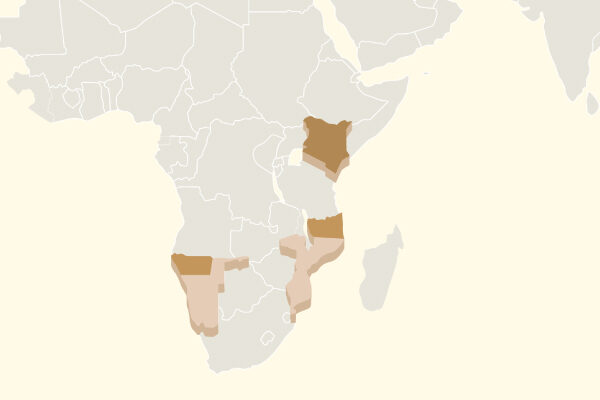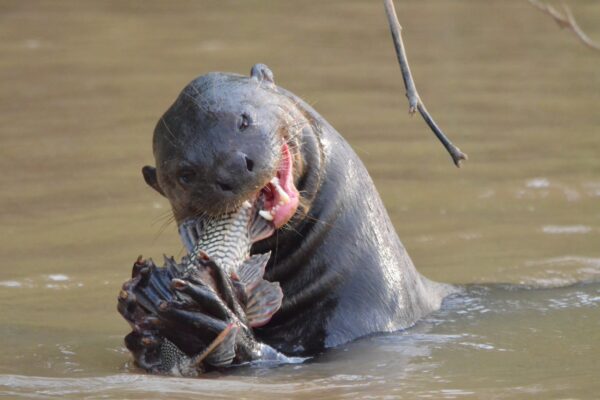The Zoo partners with wildlife-saving organizations in Central and South America to protect the wild counterparts of the animals we have at the Zoo. Since 2004, the Zoo has provided support and training for people running research programs that protect giant anteaters, giant armadillos, giant otters, jaguars, and tapirs in Central and South America. The Zoo also provides support for research programs that replant and protect forests in Colombia for wildlife like howler monkeys and blue-billed curassows. The research collected in these programs informs future wildlife protection plans in Central and South America.

Inside Videos
KPRC Special: "Saving Wildlife: Giants of the Pantanal"
Giant Armadillo Release
More Conservation Impact
North American Wildlife
Over 100 species we have on Zoo grounds are found in this region and are being protected by our partners’ efforts.


South and Central American Wildlife
Over 100 species we have on Zoo grounds are found in this region and are being protected by our partners’ efforts.


Galápagos and Ocean Wildlife
Over 20 species we have on Zoo grounds are found in this region and are being protected by our partners’ efforts.


African Savannah
Over 100 species we have on Zoo grounds are found in region and are being protected by our partners’ efforts.


African Forest
Over 100 species we have on Zoo grounds are found in this region and are being protected by our partners’ efforts.


Asian Wildlife
Over 200 species we have on Zoo grounds are found in this region and are being protected by our partners’ efforts.

















